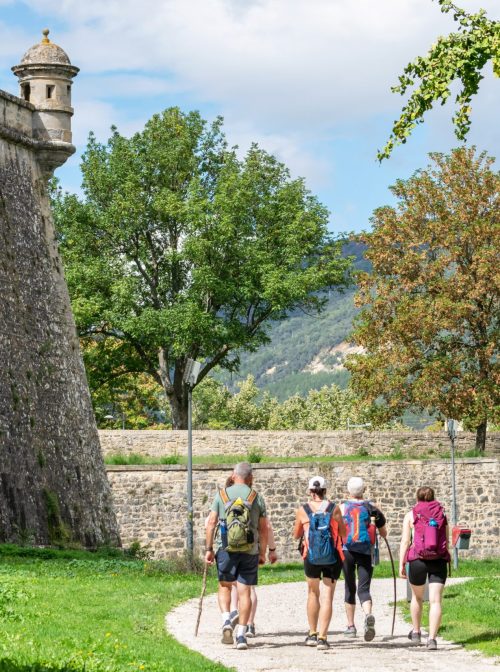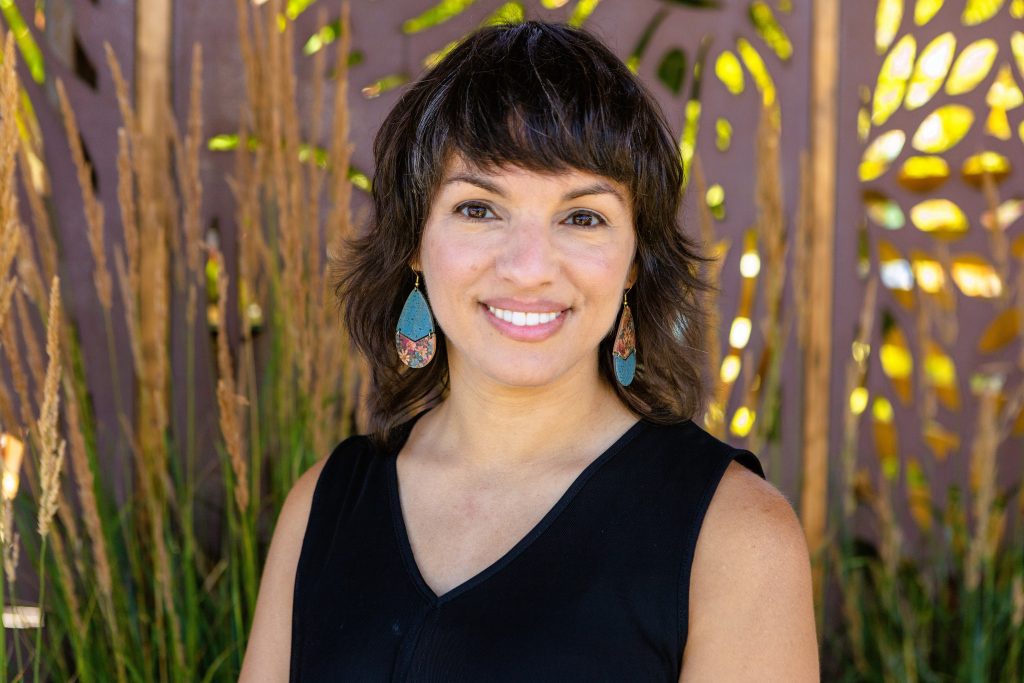In late September 2023, I decided to walk part of the Camino de Santiago alone. The Camino de Santiago is a Catholic pilgrimage to the cathedral in Santiago de Compostela, Spain.
I usually don’t think much of my feet. I walk from place to place, and my ever-worn Tevas in the summer and Clarks boots in the winter have served me fine. Even during my prep for the Camino de Santiago, I wore my old ASICS running shoes, which served me well enough in Spain. Talking about feet has always been a source of discomfort for me; I think our culture often sexualizes them, despises them, and overall ignores them.
On the Camino, the narrative shifts. Here, feet become a focal point, a testament to pilgrims’ shared determination and resilience. Since the 9th century, pilgrims have walked the breadth of Spain. Feet are on my mind, too.
My mind wanders as I walk 6-8 hours daily, “When can I stop for some orange juice?” I think about some stubborn family members and talk to them in my mind. There are no interruptions, “I need to pick up the pace, or I am going to get a top bunk.” Then, back to my feet, not just as a physical mechanism for movement but as a metaphor for the interconnectedness of humanity.

Ginna ties my shoelaces when they keep coming undone during a steep descent. Sandy, Eliana, Gabby, Tash, and countless others offer me their blister tape within seconds and without asking. Erik helps me with my walking sticks, which are tricky to open. Katie arrives in Madrid on an overnight bus from Granada to loan me her walking sticks. Maite cuts tape for my toenails. Debbie and Greg help me determine what socks to buy at REI. Simon and Lora showed me how to tie my shoelaces using the heel-toe method. Luis walks with me to the pharmacist to get some vaseline. Sebastian and others drain some of my painful blisters after I said, “Tengo ampollas debajo de los dedos de los pied (I have blistered under my toes).”
Summer offers me massage cream when I am in pain. Many more smile, nod, and wave at me when I sit on rocks and change my socks. Each helping hand and smile serve as a reminder of the power of empathy.
Reflecting on the selfless acts of generosity I received from fellow pilgrims, I could not help but think of Jesus and his act of washing his disciples’ feet. It signified love and compassion, emphasizing the importance of humility and care for others. This act resonated deeply with my experiences on the Camino, where the simple yet profound kindness of fellow pilgrims helped alleviate the physical and emotional toll of the journey.
The kindness of fellow pilgrims helped alleviate the physical and emotional toll of the journey.
Across diverse religious and spiritual practices, the symbolism of feet extends far beyond their physical function, serving as a metaphor for the profound spiritual lessons and virtues that guide humanity. In Christianity, washing another’s feet symbolizes humility, exemplified by Jesus’ gesture of washing his disciples’ feet during the Last Supper. Similarly, in Hinduism, the concept of touching the feet of elders is an act of showing respect and a way of seeking blessings. The act signifies reverence for the wisdom and guidance imparted by those who have walked the path before us, acknowledging the knowledge they embody. In Islam, the ablution ritual before prayer involves cleansing the feet, among other body parts. This act of physical purification represents the spiritual cleansing of the soul, preparing one to establish a direct connection with the divine during prayer.
As I concluded my pilgrimage, I carried with me the memories of breathtaking landscapes, new friendships, and the invaluable lesson that the human spirit is most profoundly revealed in the seemingly ordinary acts of kindness and support. With each step I took, I was reminded that the true essence of humanity lies not in grand gestures but in the humble acts of service and love that we extend to one another.
Janice D’Souza was born and raised in South India and is professionally a mixed-methods researcher and evaluator with a focus on gender, sexual-reproductive health, religion, and social inequities. She has worked at these intersections at the CDC, NYC Department of Health, a girls’ education program in India, and other similar organizations. She also works as an evaluator with national advocacy groups on matters of safe abortion and family planning and instructs youth, parenting adults, and teachers in sex education. She has a Master of Public Health from Emory University with a focus in sexual & reproductive health and a B.A. from Berea College in Gender Studies.




